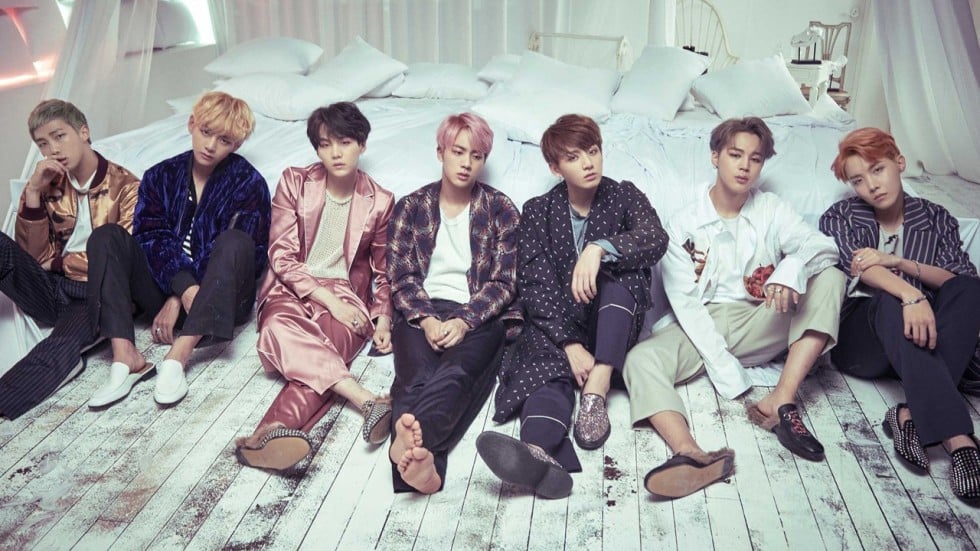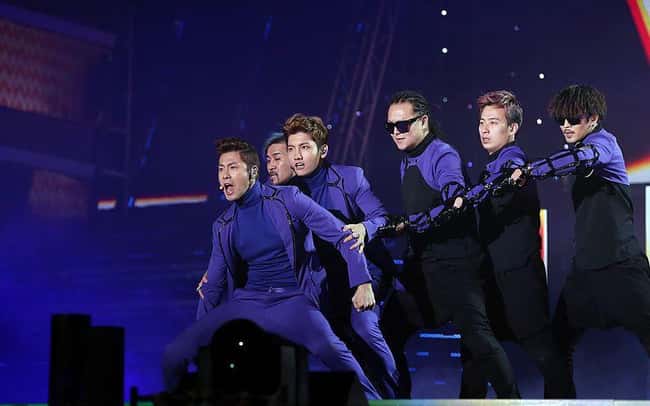By Jeanne Gautreau, France
1901 to 1920: La Belle Epoque



In the early 1900s, women wore corsets or garter belts to achieve the coveted S-shape figure. The corsets were so tight that some women had health problems and fainted at the slightest emotion. Dresses and sleeves were very long so the women’s bodies were hidden. Hats, parasols, train dresses, fans, gigots sleeves, lace, pearls, ribbons are trendy.
After the First World War, as women had to work, comfort became a priority. The corset was banished and replaced by the bra; skirts and dresses rose to just below the knee; women’s pants and low-cut clothes appeared. Fashion turned to more modernity; the size is redefined; the hips are highlighted; the silhouette of women is sublimated and feminized.
Coco Channel created the little black dress in 1926. Rhinestones and sequins were added to the clothes. Slimness and tanned complexion are the new canons of beauty. The 20s are also marked by the Charleston style – the boyish cut and the cloche hat.
1930 : Arrival of the trousers for women




Formal elegance and pre-war classicism were the hallmarks of the 30s. During the day, women wore mid-calf skirts; at night, their dresses played with clean lines, emphasizing the silhouette. Elsa Schiaparelli’s jersey jacket, Everlast’s elastic belt and more generally nylons made their appearance. The only playfulness was limited to the multicolored stripes on the shocking pink top of Schiaparelli. Some highlights appeared, such as shorts for women, the sculptural hat and worn sideways on wavy hair. The scarf is a favorite of the 30s.
In 1940, mass fashion developed and gave access to ready-to-wear clothing to the greater numbers. The style was redefined and sober. The suit became an essential piece, as did the plunging neckline in the back and high-waisted skirts. The cut of the clothes were even more fluid but preserved a marked silhouette. The Second World War ended the textile industry. Nevertheless, it did not prevent women from reinventing their own fashion with scraps of fabric that they made themselves.
1950 : The Emancipation of women fashion


The 50s marked the beginning of the post-war area. Women were looking for elegance, chic and femininity. To do this, French fashion was inspired by the United States in the middle of the retro chic period, with the arrival of the pinup, the rock-n-roll look, country music and the Grease phenomenon. This period is characterized by the pencil skirt, the dress with cinched waist, the clothes with polka dots, the short cardigans, the mini shorts, the bustier tops…
Channel marked the decade with its tight little suit in 1954 and the House of Dior with its Corolle dress – skirt 30 cm of the ground – marked waist, chest forwards and rounded shoulders. Dior dressed the high society with its style “New Look”. Marylin Monroe was the emblem of the time with her glamorous style, long gloves, Corolle dress or pencil skirt. Thanks to technical progress, fashion was trying new materials : polyamide and acrylic. This will allow the creation of ready-to-wear lines that will gradually integrate the Luxury Houses, until now dedicated to haute-couture.
1960: A symbolic fashion – the miniskirt and the metal dress

The first 5 years of the 60s decade followed the fashion of the 50s. From 1965 onwards, all working women were looking for comfort. Thus, it is no longer notable to be dressed to the nines or to be perfect.
Fashion was influenced by the “pop” and “yéyé” movements. No more going to the tailor, women were used to buying their clothes in ready-to-wear stores. The styles “yéyé”, “black jackets”, “mods” or “rockers” imposed themselves as symbols of a counter-culture.
Following May 1968, no more hiding behind skirts too long with dull colors. Women began to show their legs, with the mini-skirt, worn with summer and winter boots. The pants became unisex, the jeans were in full expansion. They dared new cuts, new materials. It is also the fashion of colored tights, the trapeze dress and the monokini.
Brigitte Bardot is the icon of the 60s, symbol of women’s liberation and voluptuous shapes, encouraging to be sexy.
1970: The liberation of women


The 70s were a time of rejection with the hippie movement that wanted a liberated body. The philosophy: bootcut pants, colorful psychedelic t-shirts and bohemian style. After the mini skirt of the 60s, women opted for a skirt mid-thigh or ankle. They bet on patterns and stripes, oriental and floral prints. The materials change: silk fabrics, jeans, suede. The clothing style of the 70s honors the very pronounced colors (electric blue, fuchsia pink, yellow chick…) and glitter thanks to ABBA and disco music. The disco style by excellence: scarf, fringe long and fluid dresses with floral prints. During this time, the styles of women and men were mixed; men had long hair and woman had boyish haircuts, pants and blazers. The punk style was accompanied by blue jeans with holes under the kilt, a studded bracelet and big Dr. Marteens boots. At the end of the 70s, the popularity of women’s fashion exploded thanks to the creativity of Diane Von Furstenberg, who invented the wrap dress.
1980: colorful fashion


The 80s were colorful. We remember this trend for leggings, sportswear and boyfriend jeans. Flashdance style, with a short top and a loose sweater. Fluo also marked the decade, and neon colors gave a very sharp look. In the 80s, fashion changed the face of the woman by giving her perfect measurements. Fashion also started to be seen as a way to belong to a clan. The watchword of the 80s remained “money” and “show off”.
The New Wave, which represented all the rage and that influenced the rock and the gothic trends, black is a wardrobe staple. During this decade, the US sports style started the trend of comfortable clothes such as joggers, sneakers, lycra clothes, elastic fibers and stretchy clothes.
1990:

The 90s marked a real turning point with anti-fashion influences. No more colorful styles, the brands turned to sweatshirt, jeans, bombers and a printed t-shirt. The clothing style was hip-hop inspired with the baggy and the low waist, minimalist and sensual lines. The fashion was accessorized with the fanny pack, the cap or the screaming scrunchies. We adopted the Californian style, of the pop icons, with short tops and wide pants. Some products made a comeback, such as bell bottoms and overalls. The grunge style took root with the brand Nirvana, with ripped jeans, vintage sneakers and plaid shirts. It was the arrival of hybrid looks between formal and casual.
2000 to nowadays – from the American sporty look to modernity


Fashion in 2000 as watchwords of an assumed style. Indeed, fashion was created everywhere and with everything, each piece of the dressing was a new way to create a fashion style. The look with the belly button highlighted, the elephant legs pants, the asymmetrical tops which gave a star look to Britney Spears, Gwen Stefani, or J.Lo.
The 2000s are associated with the beginning of “brands” as an image; clothing is no longer the main thing; we gave more importance to brands. Another trend was created with the rejection of consumer fashion to excess.
To push consumption, brands were using stars because of their strong influence on clothing. Fashion became more and more international with globalization, which do not prevent some brands from keeping their signature identity.
















 Julia Feldmann, Germany
Julia Feldmann, Germany




